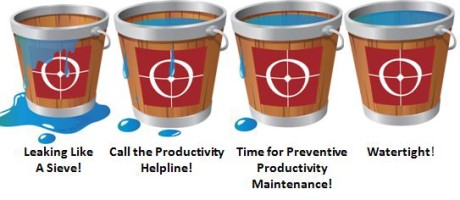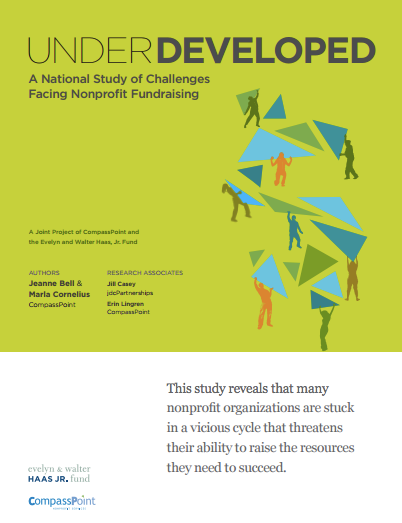What the 990 is telling your funders
Happy Tax Day!
The IRS 990 Form is one of those things that just has to get done because…well, because it has to. The harsh reality is that, other than enforcing the filing requirement, the IRS doesn’t have the capacity to do much with all of the information that they require you to provide. Funders, on the other hand, consistently use the 990 to get a picture of an organization’s capacity and financial health.
- The number that funders are most inclined to hone in on is Liquid Unrestricted Net Assets, better known as LUNA, for some crazy reason (Get it? See what I did there?). Funders want to know what your reserves look like, how much cash you have on hand (if any). They care less about your overall assets, which might include a building or some other instrument that can’t be quickly converted to working capital. What they want to know is, how long can your organization survive at its current burn rate?
- The year-to-year comparisons on the 990 are useful to funders in identifying trends, growth or contraction. They look for seismic shifts in your revenue streams, spikes in expenses, or other indicators of a financial sea change.
- The 990 is also used to examine the overhead question (everyone’s favorite topic, I know). How much money is the organization spending on program, versus management and fundraising? There isn’t any set standard – private funders have their own, which can range from 75/25 and up. The BBB suggests that 65/35 is a healthy number. And government tends to restrict expenditures on overhead to 10%, unless you go through the exhaustive process of applying for a indirect cost rate. The main thing to consider when it comes to overhead is that you need to be aware of your organization’s rate and be able to give it context – a rationale, justification or explanation. You should also be able to explain major changes in your overhead rate over time.
So before you blast out that 990 and publish it on your website, make sure you’ve thoroughly examined it yourself – and prepare yourself with talking points to address the questions of your funders.








